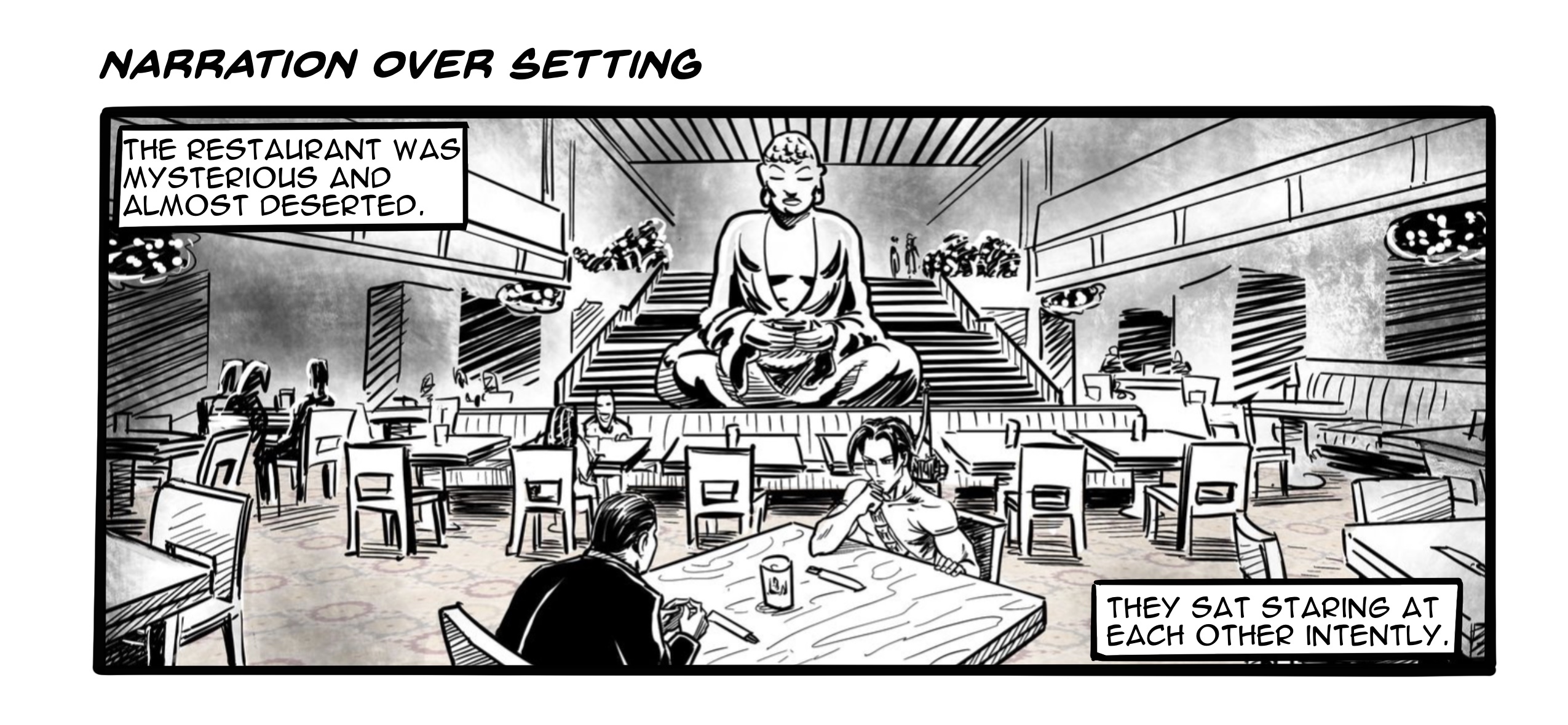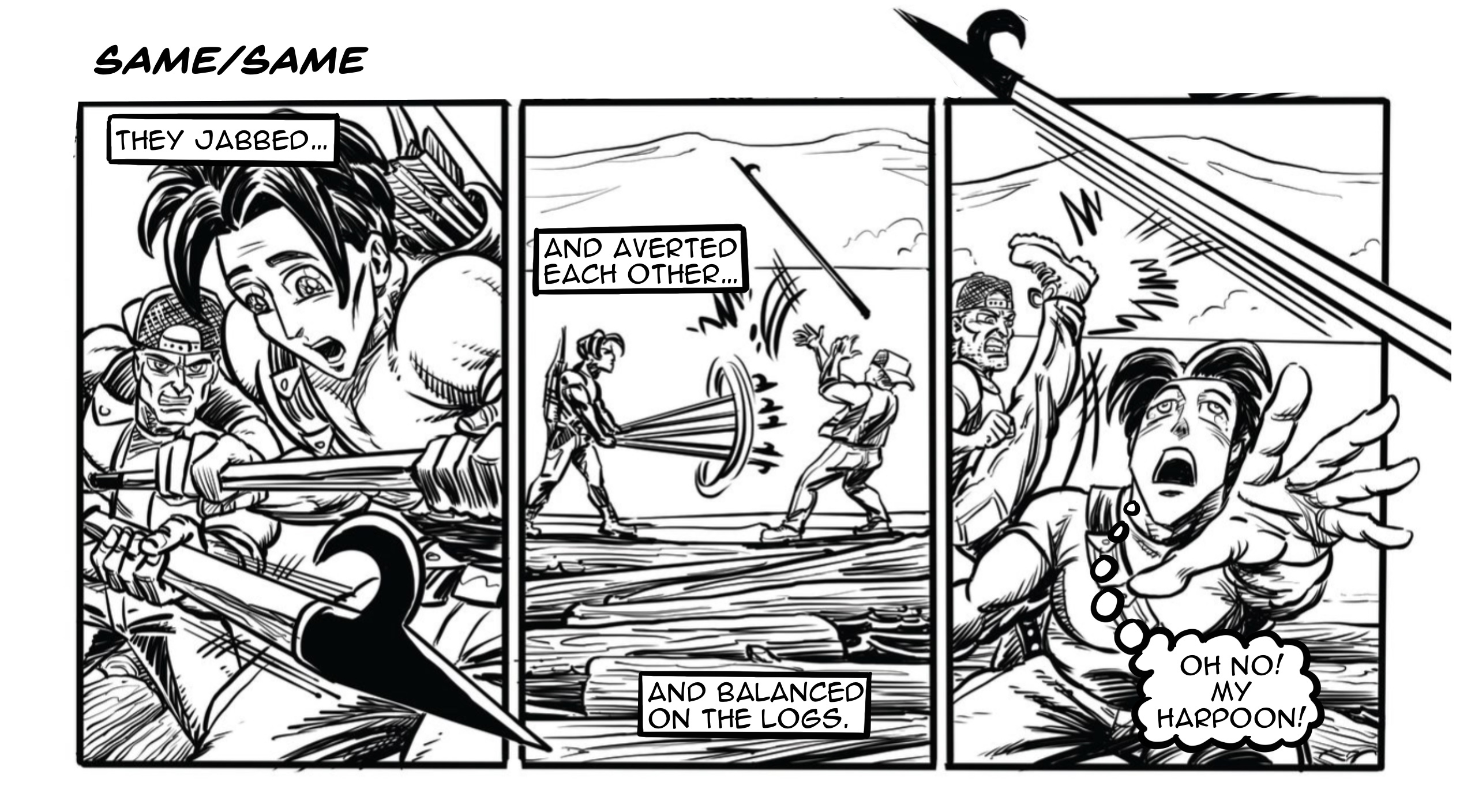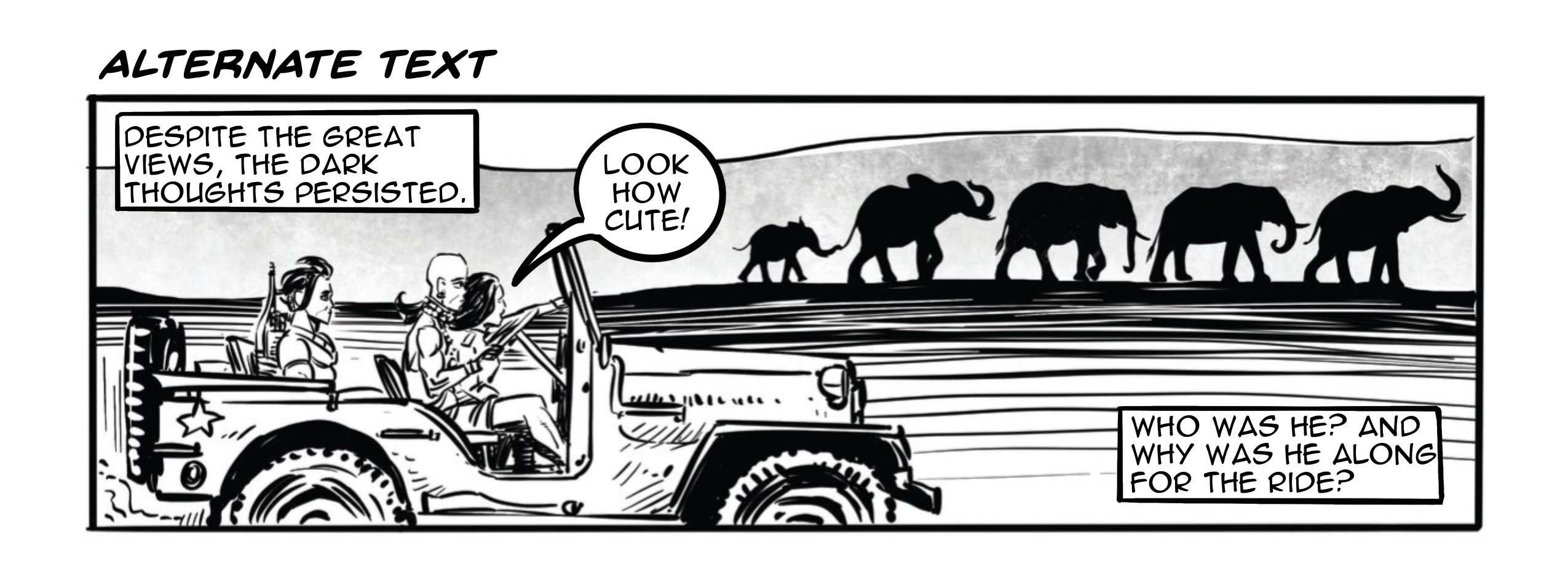by Cristian S. Aluas
Are you a fan of graphic novels? Have you ever dreamed of creating your own visual masterpiece? If so, you’re not alone. Graphic novels have become incredibly popular in recent years, captivating readers with their unique blend of captivating storytelling and stunning artwork. However, writing a graphic novel is no easy feat. It requires a combination of storytelling skills and graphic design expertise. But fear not, because in this article, we’ll provide you with five essential tips to help you on your journey to creating an engrossing graphic novel.
What is a Graphic Novel?
Before diving into the tips, let’s clarify what a graphic novel is. Unlike traditional novels that rely solely on words to tell a story, graphic novels combine both words and pictures to create a complete narrative. Think of them as a unique fusion of storytelling and visual art. The artwork in a graphic novel plays a crucial role in captivating the reader, while the writing drives the story forward.
The Distinction Between Graphic Novels, Comics, and Manga
It’s important to understand the distinction between graphic novels, comics, and manga. The term “graphic novel” was coined by American cartoonist Will Eisner in 1978. Graphic novels tell complete stories, often in a standalone format. On the other hand, comics and manga are serialized, with comics generally following American storytelling traditions, and manga originating from Japan. Each form has its own unique characteristics, style, and target audience.
Key Techniques for Writing a Graphic Novel
Now that we have a foundation, let’s explore some essential techniques for writing a compelling graphic novel:
Narration Over Setting
One technique commonly used in graphic novels is narration over setting. This involves describing the mood of the scene or characters while visually depicting the location or personalities.

Same/Same
Another technique is the use of “same/same” narration. In this approach, the writing describes the actions in the panels and the thoughts of the characters.
Alternate Descriptions
Graphic novels can also employ alternate descriptions, where the narrative acts as a voiceover while the visuals display something entirely different.

Transitional Text
Similar to film, transitional text is used to carry a conversation or narration from one panel to the next, often with mirrored visuals.

Pay close attention to these techniques as they play a significant role in crafting visually compelling stories.
Key Points for Writing a Graphic Novel
Before you start writing your graphic novel, it’s crucial to understand these five key points:
1. Genres and Demographics
Consider the genre and target audience for your graphic novel. Explore different genres such as memoir, superhero, romance, or adventure, and consider combining them to create a unique story. Additionally, be aware of the specific demographics that certain genres and themes appeal to.
2. Structure and Storytelling
Outline your story just as you would with any other book. Clear structure is vital, especially if your story will be serialized. Follow storytelling principles, ensure your characters have developmental arcs, and adhere to the three-act structure.
3. Format
Formatting your graphic novel story is similar to formatting a screenplay. Break down the story into scenes and panels, providing detailed directions for the artist to understand what to depict. Consider the length and format of your graphic novel, whether it’s a standalone work or part of a series.
4. Page and Panel Layout Considerations
When writing a graphic novel, keep in mind that it’s a visual medium. Choose symbols and visuals that convey meaning and have an impact on the reader. Familiarize yourself with compositional devices and pacing techniques to effectively guide the reader through your story.
5. Drawing
If you have drawing skills, they can greatly enhance your storytelling abilities. Understanding the visual aspects of your graphic novel allows you to create a seamless blend of text and art. If drawing isn’t your forte, consider taking art lessons or collaborating with an artist who can bring your vision to life.
Remember, these tips are just the tip of the iceberg. Take the time to explore additional resources and learn from established graphic novelists. By honing your craft and developing your unique style, you’ll be well on your way to creating a captivating graphic novel.
To read more about graphic novels and discover inspiring examples, visit skywuxia.com.
Now go forth and unleash your creativity on the pages of your very own graphic novel!